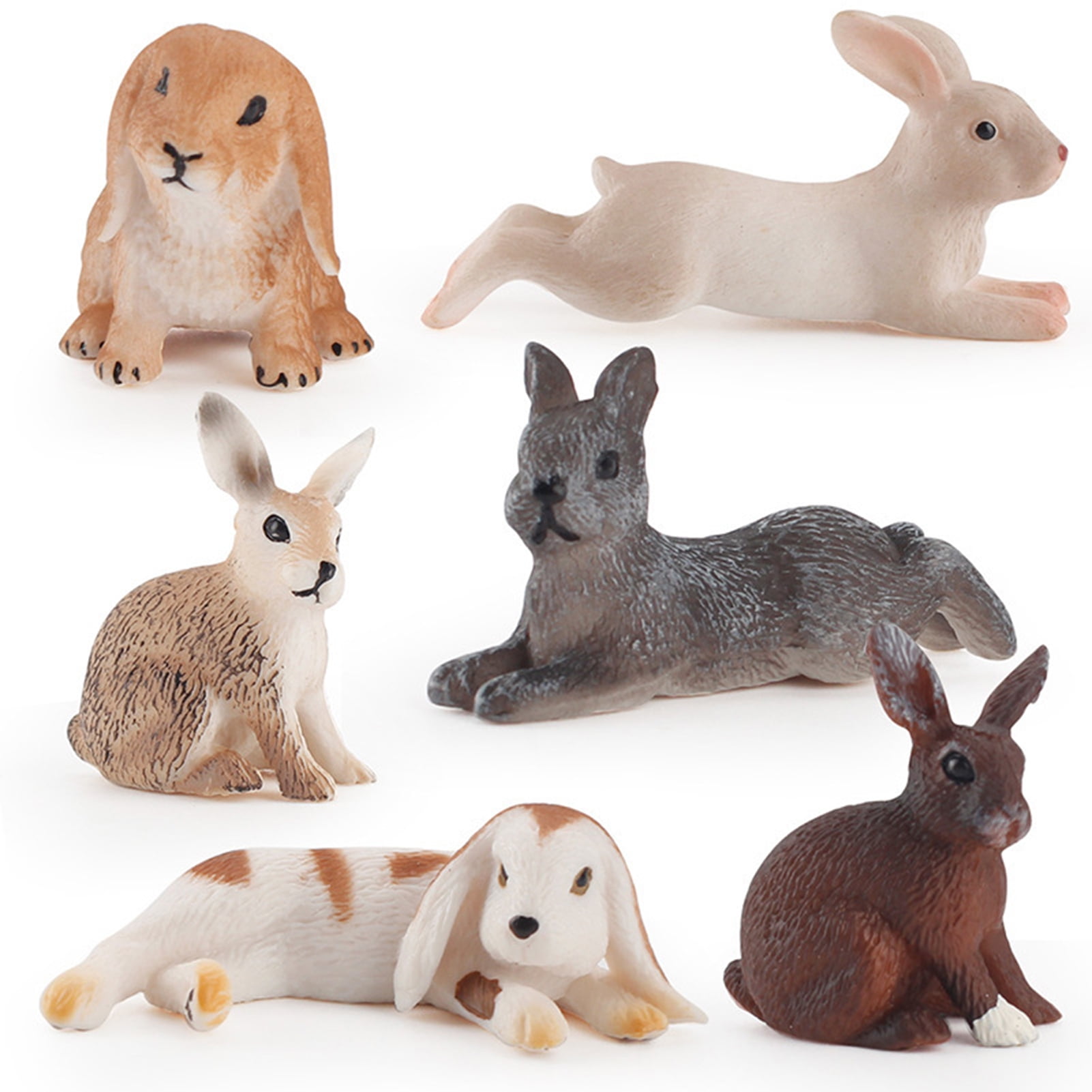



NOW, IN KEEPING with a current renaissance of craft that reflects humankind’s relationship to the natural world, a new group of artists are reimagining the animal figurine. While originals are still valued as antiques, the dogs became machine-made and thus widely available by the end of the 19th century - another victim of mass industrialization - robbing them of their original luster and offbeat charm. Each set was glazed white, hand-painted and refired, which meant that even within a duo there were always subtle differences: an eye staring into the distance, a mouth slightly upturned in a half-smile. Also made in pairs, the statuettes, which were deliberately unrealistic, retained the naïve charm of their ancient predecessors. Staffordshire dogs, largely modeled on the spaniels bred by the popular monarch Charles II, could soon be found on nearly every bourgeois English mantel. From the Potteries - six English towns in the western county of Staffordshire that had, for nearly 200 years, produced earthenware, stoneware and porcelain from local clay - came some of the most endearingly odd, enduringly influential figurines of all. Instead of depicting noble beasts or wild things, they were household creatures, loyal and benign, evincing their own kind of cozy enchantment. With a snarly demeanor and vast domed foreheads, they were fashioned from stone and came in pairs - male and female, representing yin and yang - and were also placed at the entrances of temples (and homes) for protection.īy the time the Victorians came to culturally dominate the West and its colonies in the mid-19th century, ceramic animals reflected a decidedly more domesticated cast. Foo dogs, which are actually representations of lions (Silk Road traders first brought lions to China as tributes to the Emperor), were assumed by Westerners to be canine because of their resemblance to popular Asian breeds like Shih Tzus and chow chows. At first, archaeologists wondered if the reddish, palm-size bulls they discovered had been children’s toys, but they soon realized that their function was largely spiritual - magical, even: They were totems at the site’s temple altar.īy the first millennium A.D., another species of strange and distorted fauna with a supernatural aura had emerged. Among the artifacts unearthed at the legendary 1983 archaeological dig in Jordan’s Ain Ghazal were a number of small creatures from the Neolithic period, some of the earliest objects of their kind ever found. ARTISTS HAVE MADE animals from clay for nearly as long as history has been recorded.


 0 kommentar(er)
0 kommentar(er)
